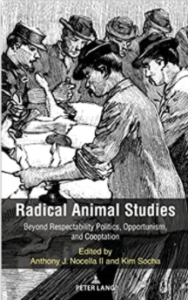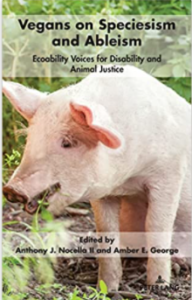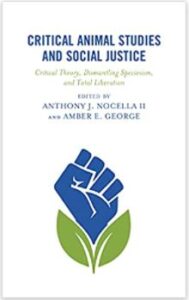Ping-Tzu Lee
Ethical and Cultural Issues: Animal Welfare in Taiwan and the United States
By, Ping-Tzu Lee, PhD from School of Social Work at Colorado State University
Abstract
In this study, the author explores the historical backgrounds of the Animal Welfare Act (AWA) in the United State and the Animal Protection Act (APA) in Taiwan. The similarities in the AWA and APA are that they both were passed to insure that animals are provided humane care and treatment and animals are transported appropriately. The cultural differences reflect the content of both acts. In the US, the AWA mentions the importance of protecting the owners of animals from the theft of their animals (Section 2131). In Taiwan, the APA describes the importance of preventing animals from infringing people’s lives and freedom (Article 7). Further, the APA underscores the importance of protecting ecology (Article 29). One of the reasons that APA emphasizes the importance of the ecosystem is that in Taiwan Buddhists and Taoists believe in karma, they buy live animals and then they release the animals into nature to accumulate good karma for themselves or family members. However, this religious ritual might break the balance of the environment.
The author uses Karger and Stoesz’s (2006) policy framework to analyze both AWA and APA. Firstly the author explores what problem necessitates the policies, how widespread the problem is, and how many target populations (including animals and people) are affected. Not much statistical data can be found to answer these questions. Both Taiwan and the U.S. estimated the number of shelter animals nationwide and statistics shows around 60-70 % animals were euthanized after they entered shelters in both countries (Chen, 2009; The American Society for the Prevention of Cruelty of Animals, 2011).
Secondly the author(s) discussed the policy description which explores how the policy is expected to work and how the policy is implemented. The AWA is much more comprehensive than APA because the AWA has much longer history (49 years) than the APA (17 years). The power of the Secretary of Agriculture in the U.S. was defined much more clearly than in Taiwan. The APA defines pet owners’ age, but the AWA does not. The APA (Article 5) states that a pet owner shall be 20 years old or older. The intention of the article is to make sure that pet owners are mature and have abilities to take care of pets.
Thirdly, the author(s) explored the policy analysis which asks whether the goal of the policy is just, whether the goal of the policy contributes to greater social justices, whether the goals of the policy contribute to a better quality of life for the target populations (including animals and humans). From humans’ perspective, both policies probably give humans a better quality of life. However, many dogs or cats are euthanized in shelters in both countries, are the AWA and the APA just for animals and provide a better quality of life for animals? These are the ethical issues waited to be answered.
Education is important to improve animal welfare. Neither the AWA nor the APA mentions how to educate the public. This is a deficiency for both policies.
Bio
I originally come from Taiwan. About 5 years ago, I attended to the School of Social work at Colorado State University and received my PhD in 2014. My dissertation topic is related to equine-assisted psychotherapy, and my specialty and lifelong interest is human and animal interaction. In the class of Social Welfare Policies, I started my interest to explore animal welfare issues. Languages are tools to share information and to raise people’s awareness in any topics. My career goal is to use these tools and to conduct more interdisciplinary research to enhance the wellbeing of human-animals and non-human animals.





